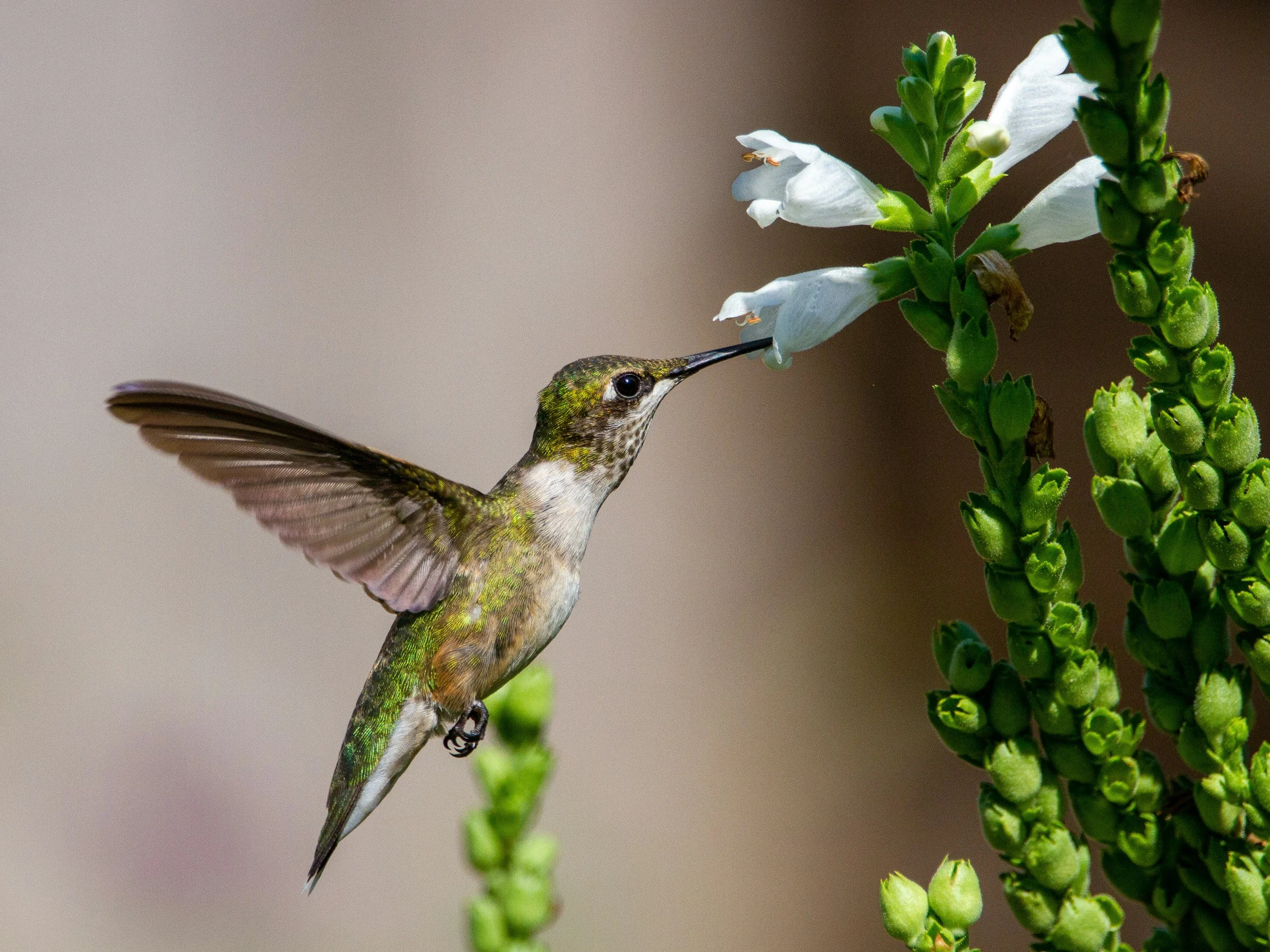Spring Pollinators
You know what’s better than a garden full of blooms and veggies? A garden that’s buzzing, fluttering, and humming with life.
Pollinators are the unsung heroes of your garden. Without them, a whole lot of fruit, veggies, and flowers simply wouldn’t exist. Bees, butterflies, and hummingbirds keep the garden cycle going—pollinating your squash, dancing through the basil, and bringing a whole lot of joy along the way.
So if you're planting this spring (and we hope you are!), let’s make some space for the pollinators. Here's a roundup of our favorite garden companions that'll help you bring the winged ones to your raised beds, porch pots, and backyard plots.
Why Plant for Pollinators?
When you plant with pollinators in mind, you're not just making your space prettier—you’re supporting biodiversity, boosting your veggie yields, and keeping the ecosystem in motion. It’s like giving Mother Nature a helping hand... and getting tomatoes and squash in return.
Pollinators are especially active in spring, which makes now the perfect time to set the stage with a few nectar-rich blooms they can’t resist.
GrowWell's Favorite Pollinator Plants for Spring
These flowers aren’t just pretty faces—they’re workhorses in the pollinator world. Try mixing these into your garden beds, borders, and containers for a vibrant, wildlife-friendly space.
Bees love…
Borage – Blue, star-shaped flowers bees can’t stay away from. Bonus: it’s edible and great for soil health.
Lavender – Classic for a reason. Fragrant, hardy, and blooms all season.
Bee Balm (Monarda) – Literally has "bee" in the name. Irresistible to native bees and honeybees alike.
Sunflowers – Tall, sunny, and loaded with pollen—bees will line up for these.
Butterflies Love…
Milkweed – The essential host plant for monarch butterflies. No milkweed, no monarchs!
Zinnias – Easy to grow, bright as can be, and butterflies can’t get enough.
Coneflowers (Echinacea) – Native, long-blooming, and a reliable nectar source.
Verbena – Delicate purple clusters that bring in butterflies from blocks away.
Hummingbirds Love...
Salvia – That tubular flower shape is just right for hummingbird beaks.
Fuchsia – Bright colors + dangling blooms = hummingbird heaven.
Coral Honeysuckle – A native vining plant that hummingbirds adore (and bonus—it smells amazing).
Bee Balm (again!) – Hummers love it just as much as the bees do. Total garden MVP.
Tips for a Pollinator-Friendly Garden
🌸 Go for Variety: Different shapes, heights, and bloom times keep your garden buzzing all season. Think of it like building a buffet—with options!
🌿 Stick with Native Plants When You Can: They’re better adapted to your local climate and the local pollinators know them well.
🚫 Skip the Pesticides: Even organic sprays can harm bees and butterflies. If you need pest control, try companion planting or natural deterrents instead.
💧 Include a Water Source: A shallow dish with pebbles and water gives bees and butterflies a safe place to hydrate. Yes, pollinators get thirsty, too!
Final Thoughts: Invite the Buzz
Planting for pollinators isn’t just good for your garden—it’s good for the planet. And honestly, there’s nothing like sipping your morning tea while butterflies flit past your zinnias and a hummingbird zips in for a snack.
Whether you’re working with a backyard bed, a porch pot, or a window box, there’s always room to add a little nectar magic.
So this spring, plant a few pollinator powerhouses, and let your garden be a place where the bees buzz, the butterflies dance, and the hummingbirds bring the magic. 🌼







